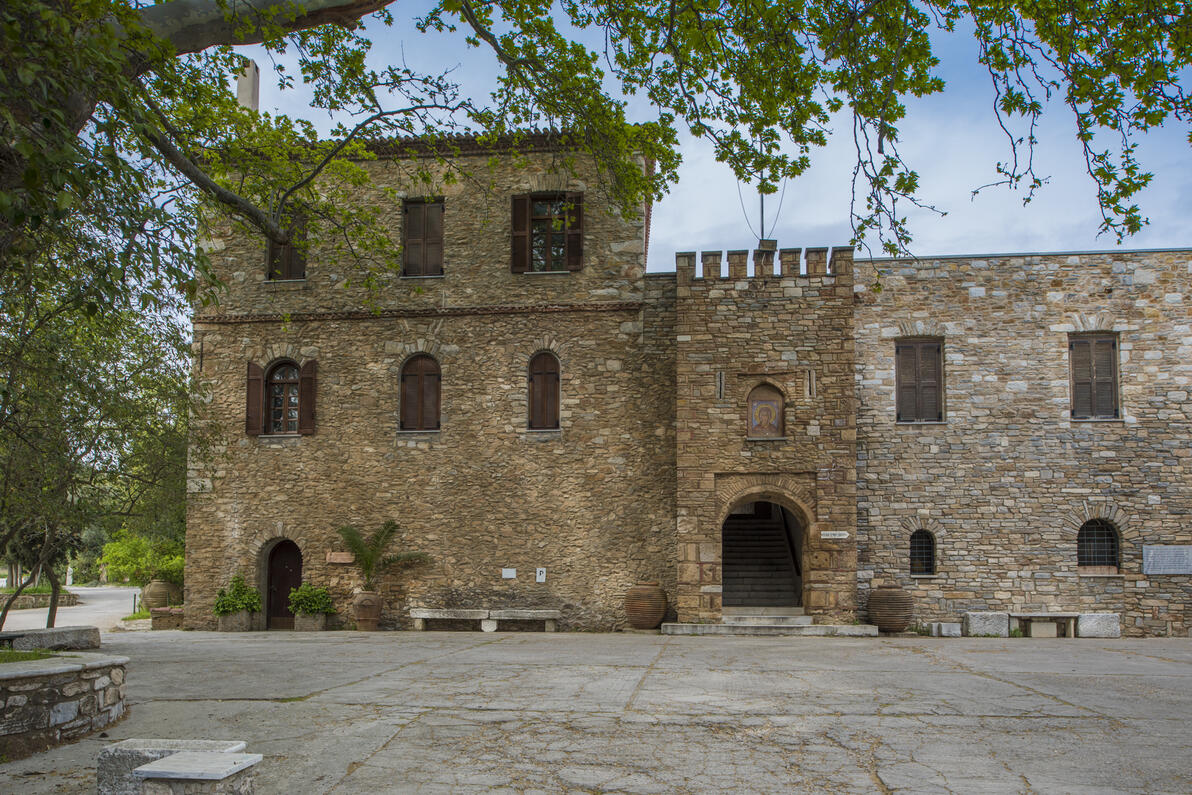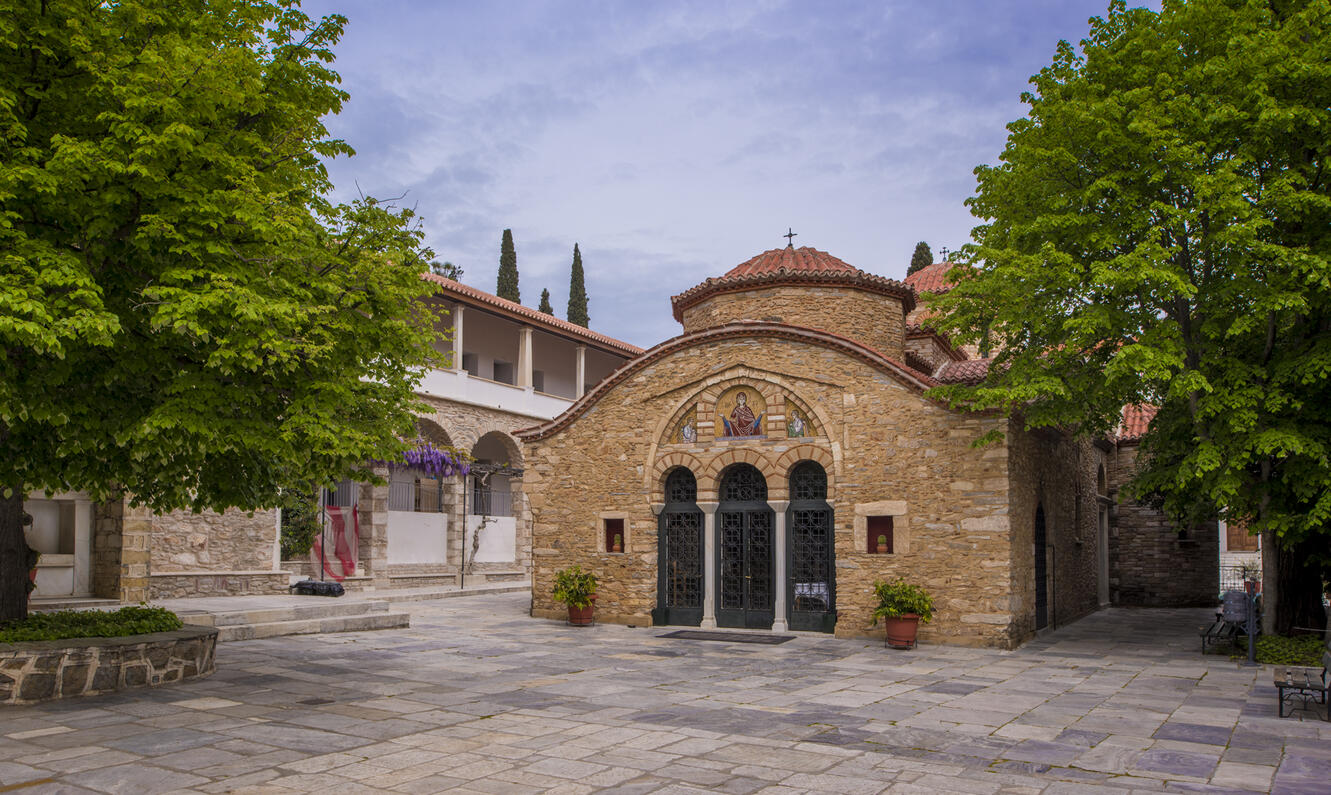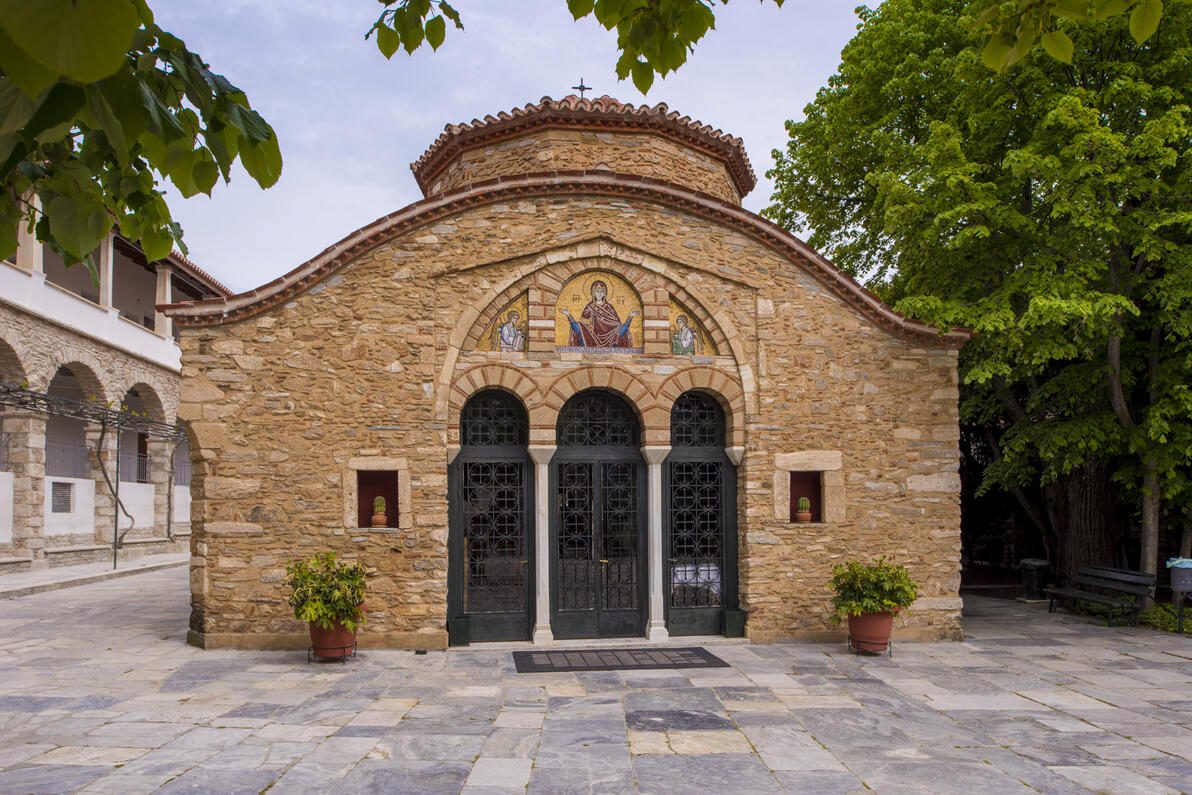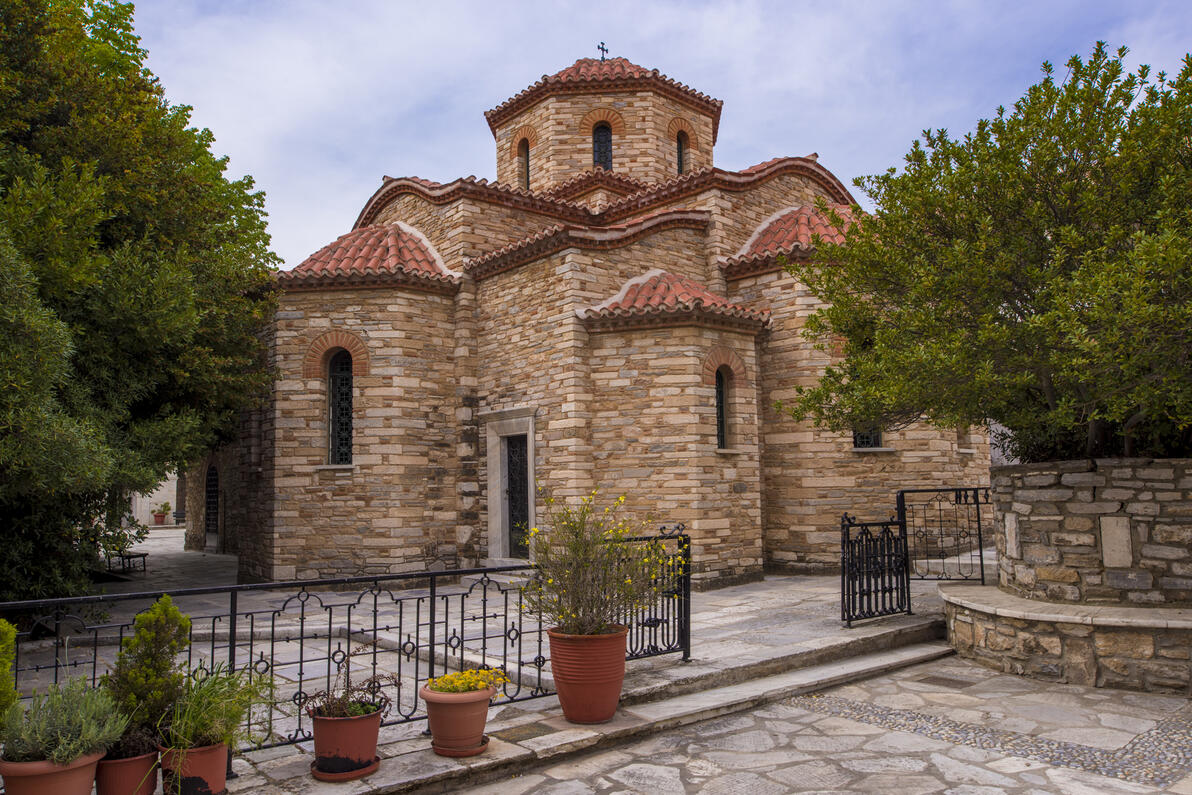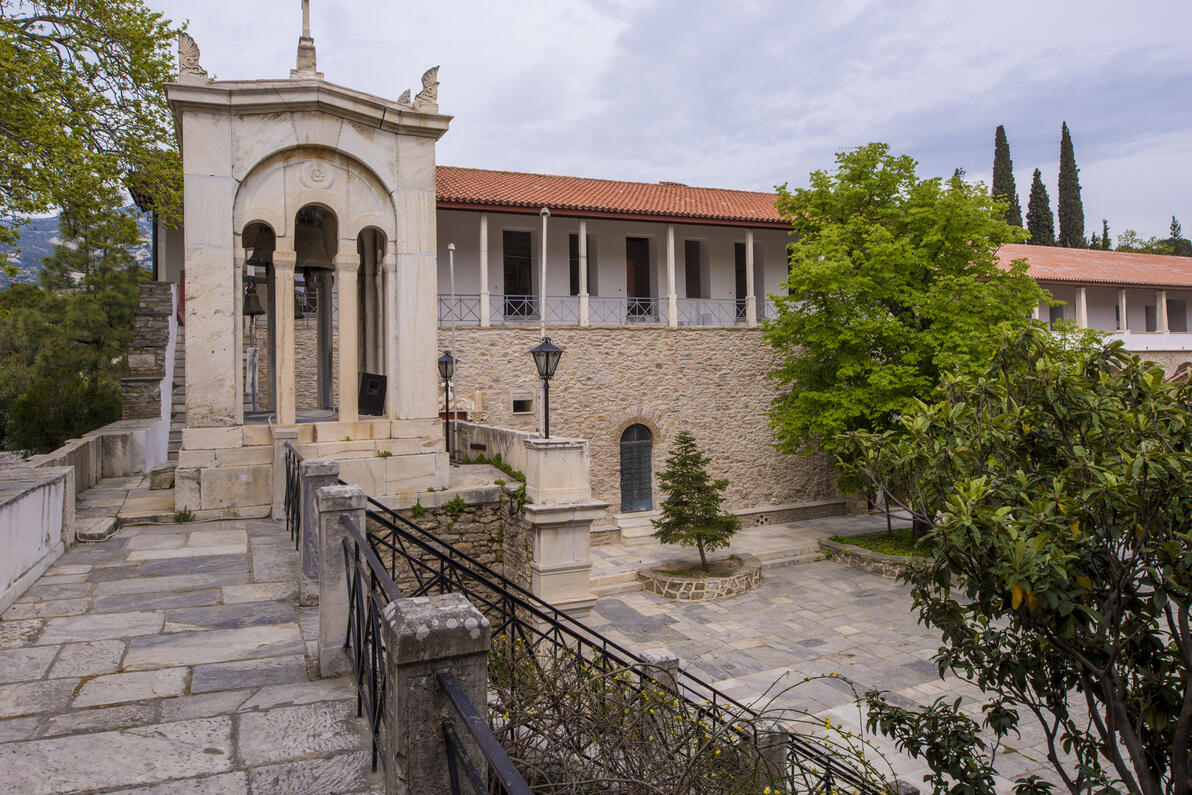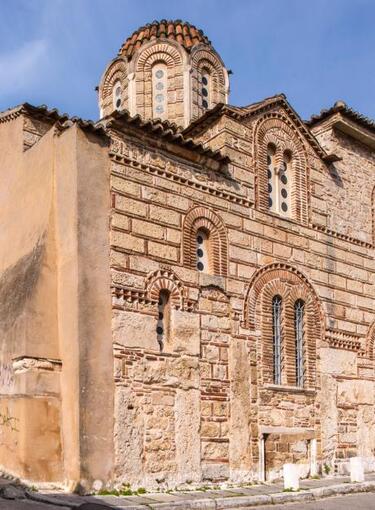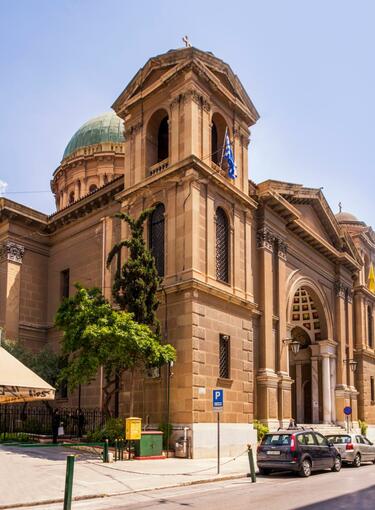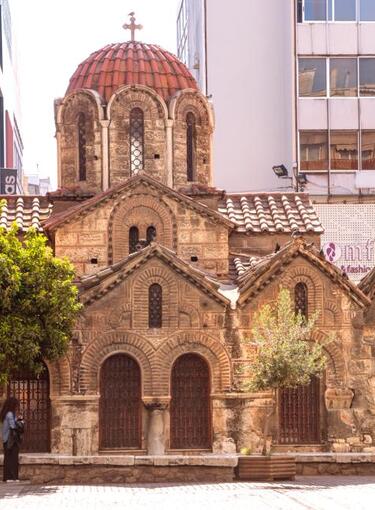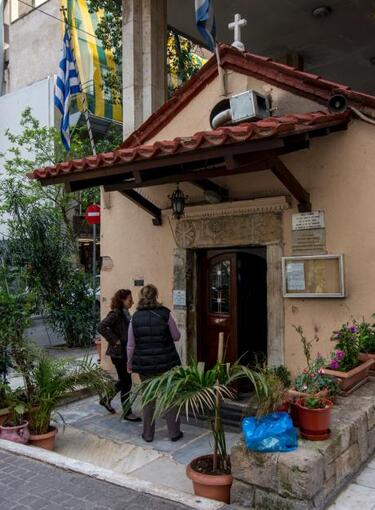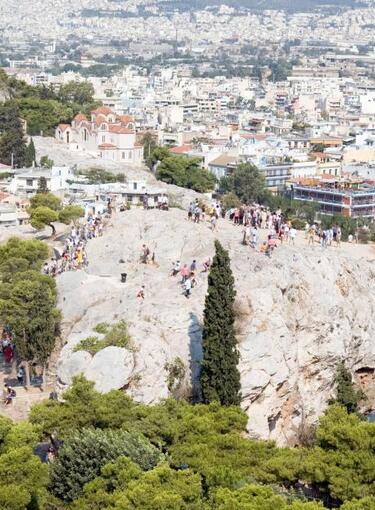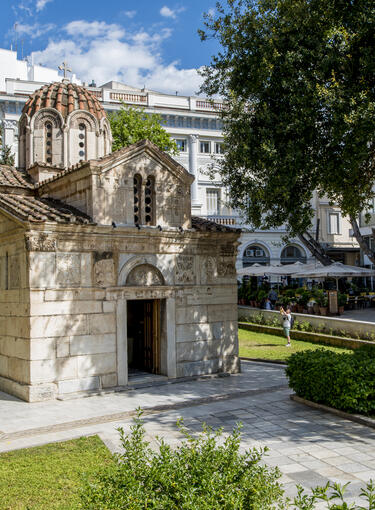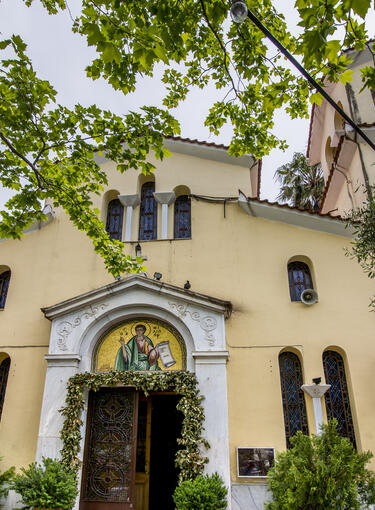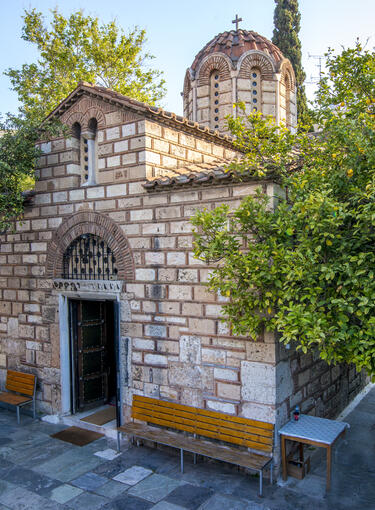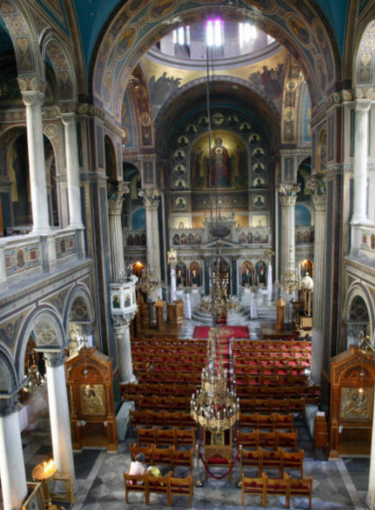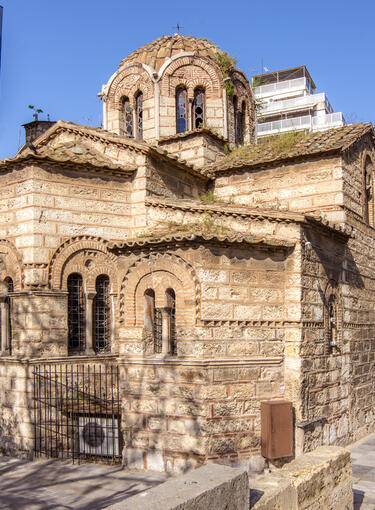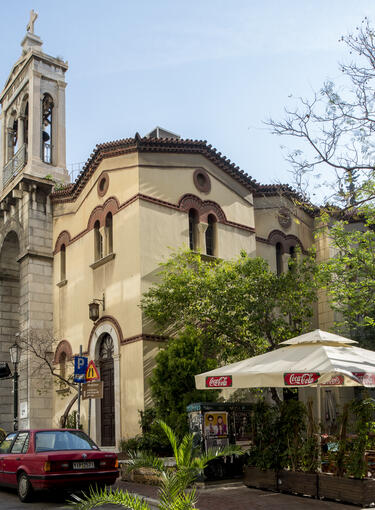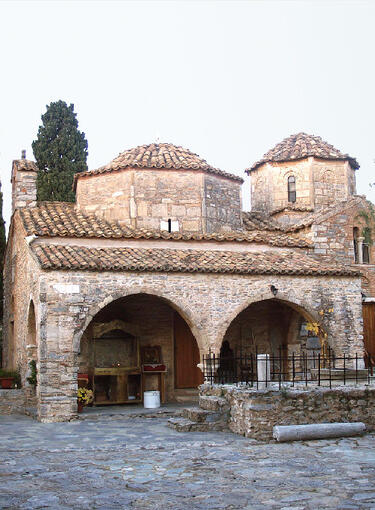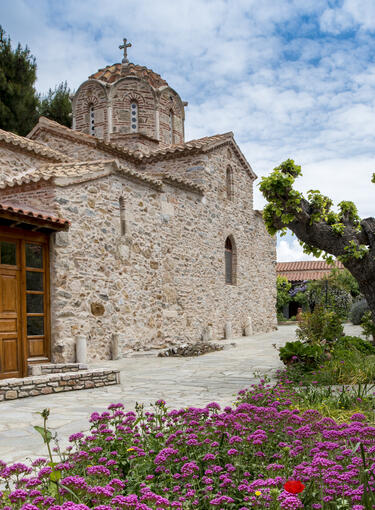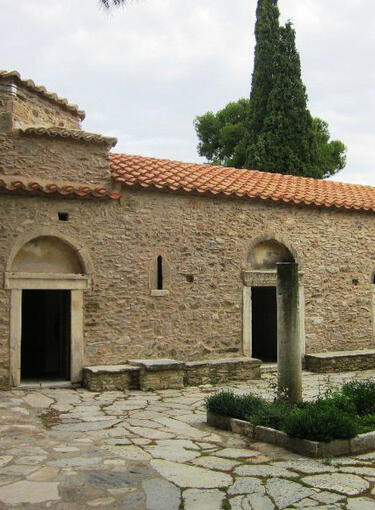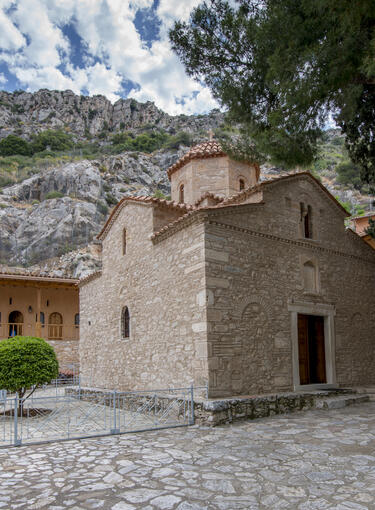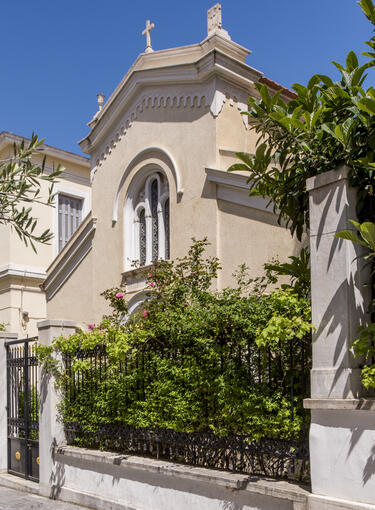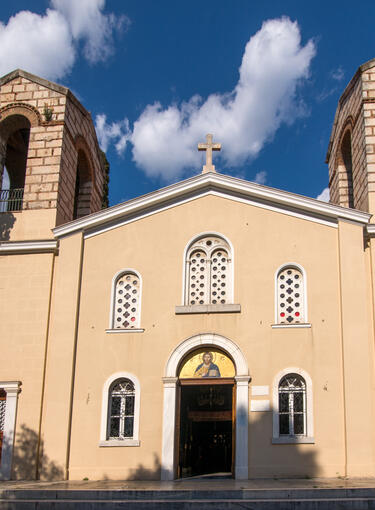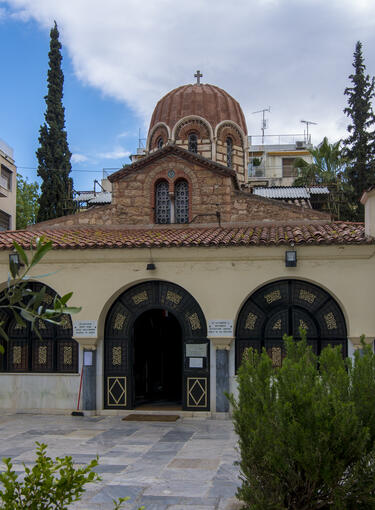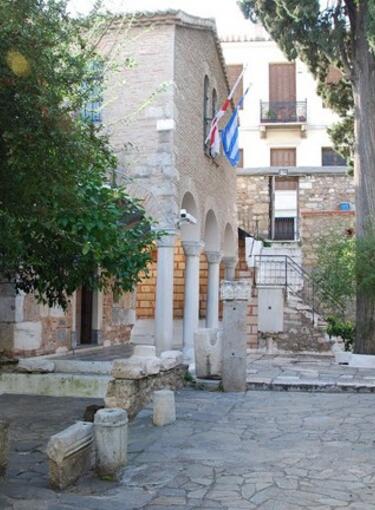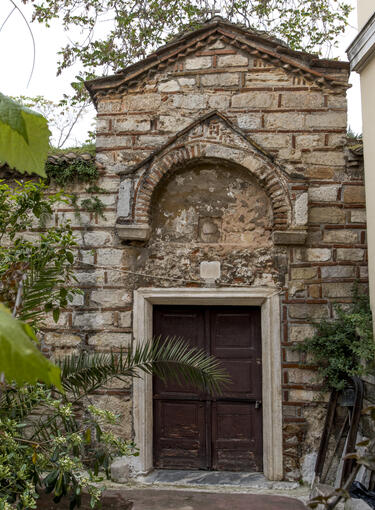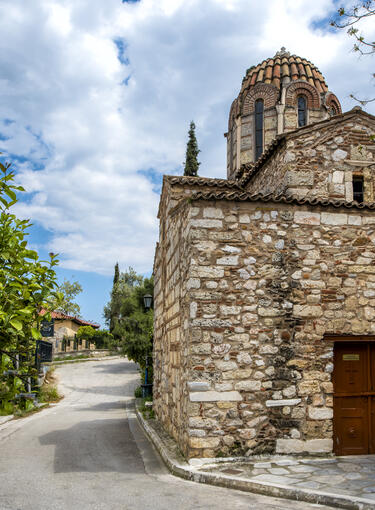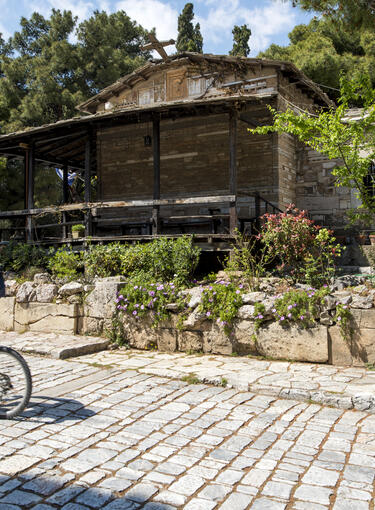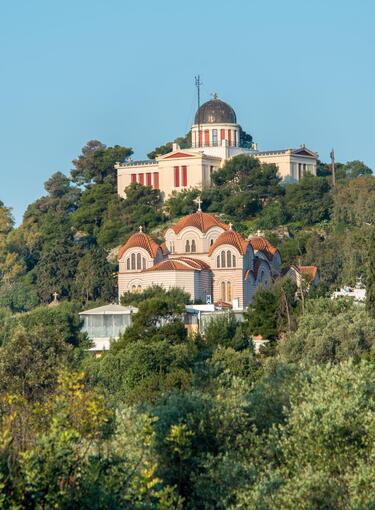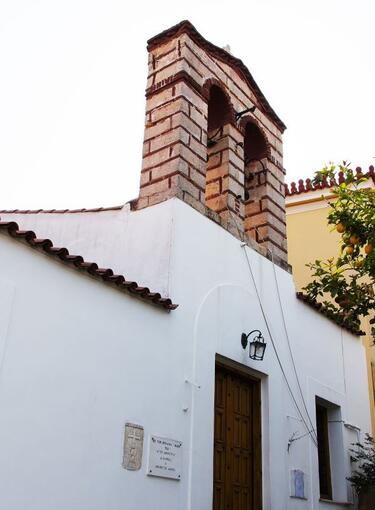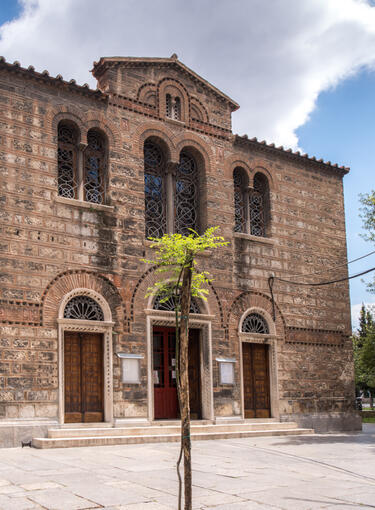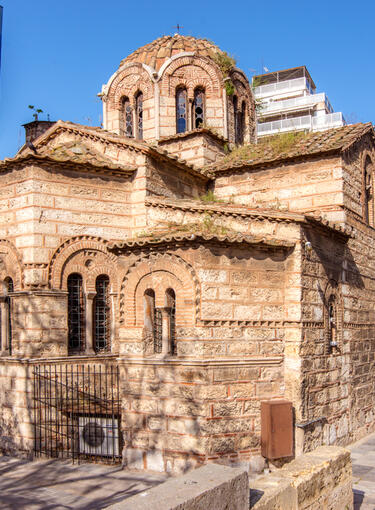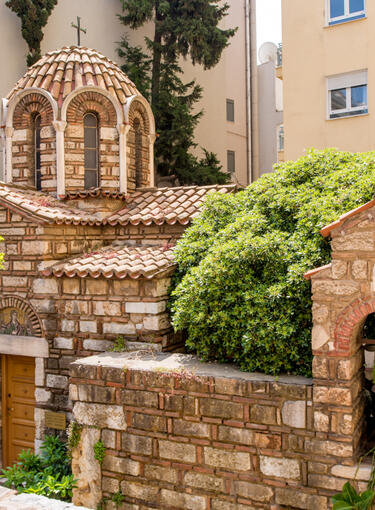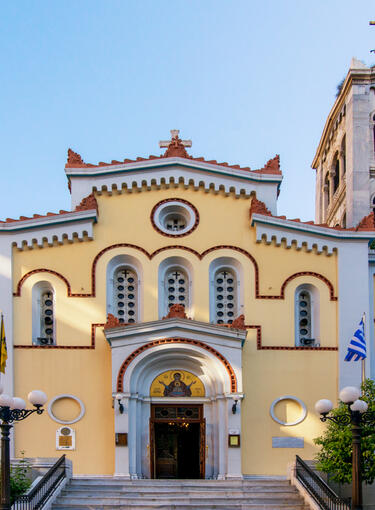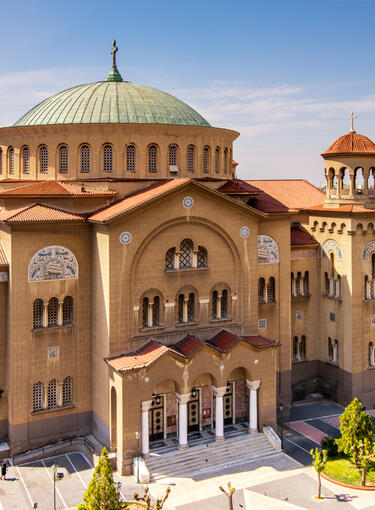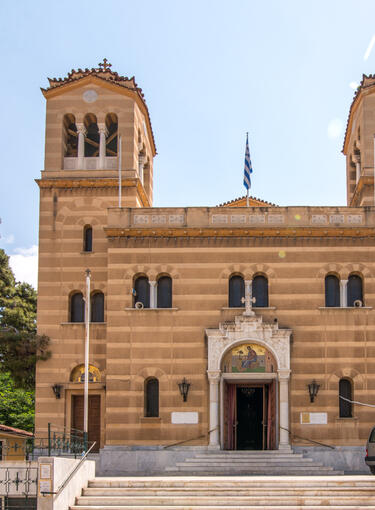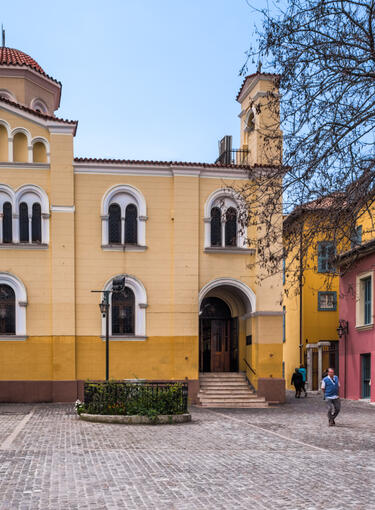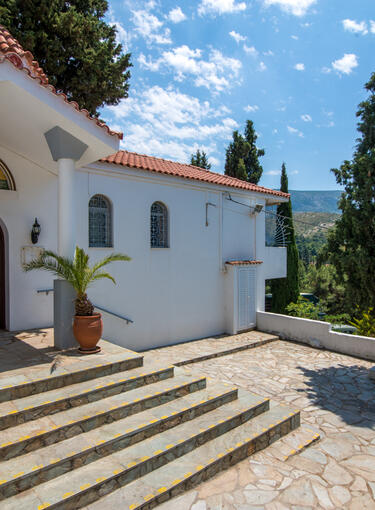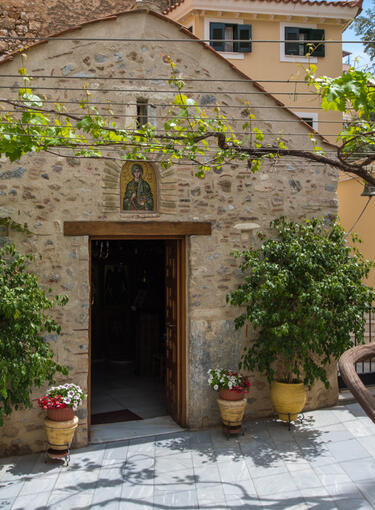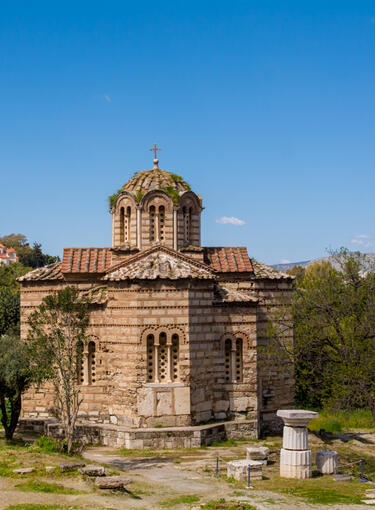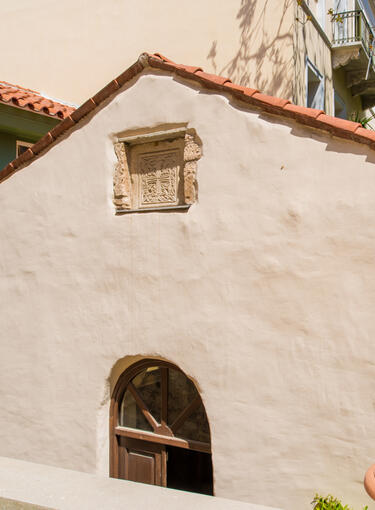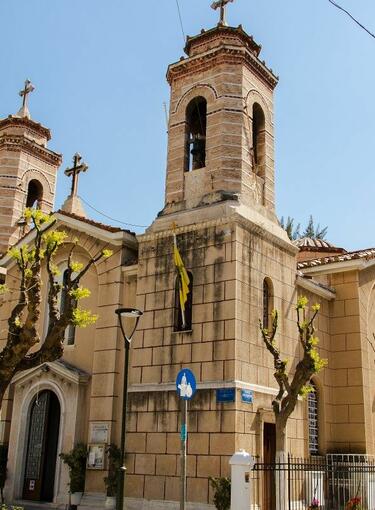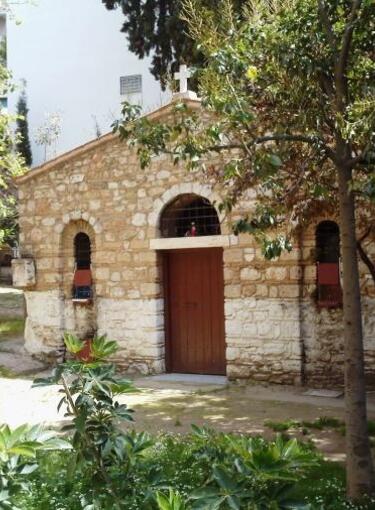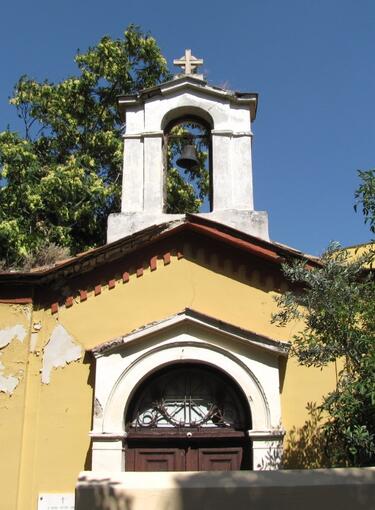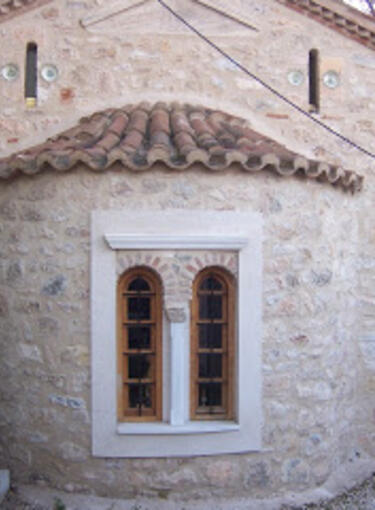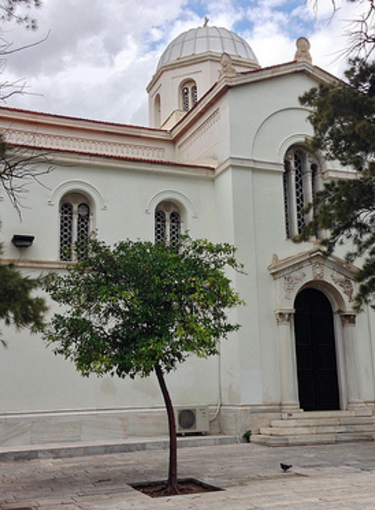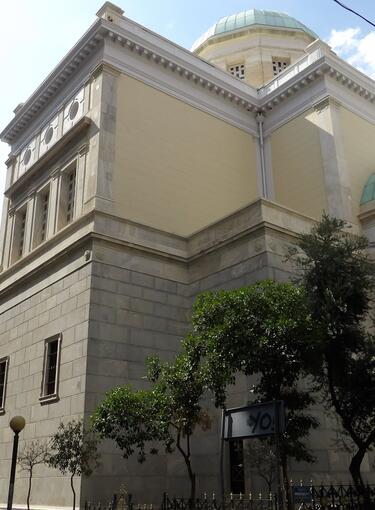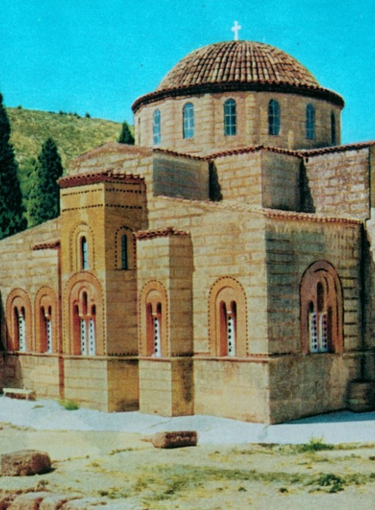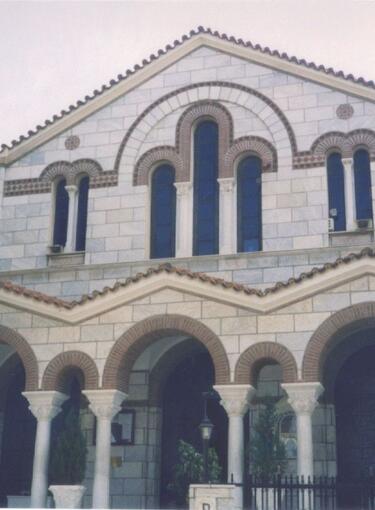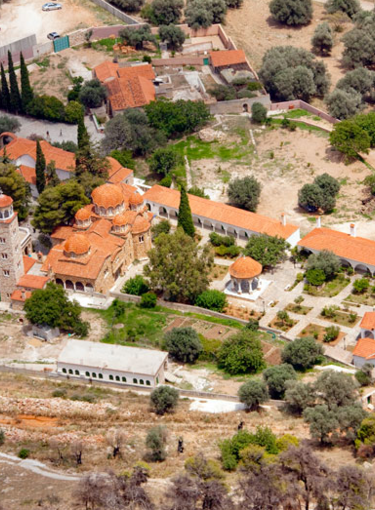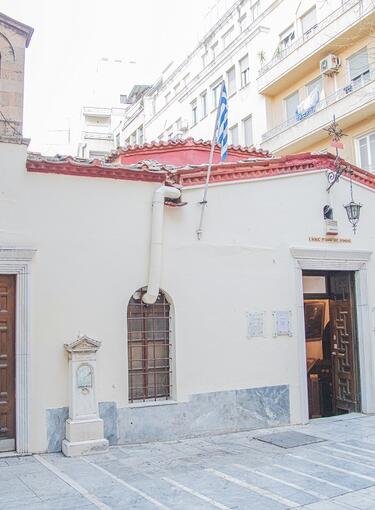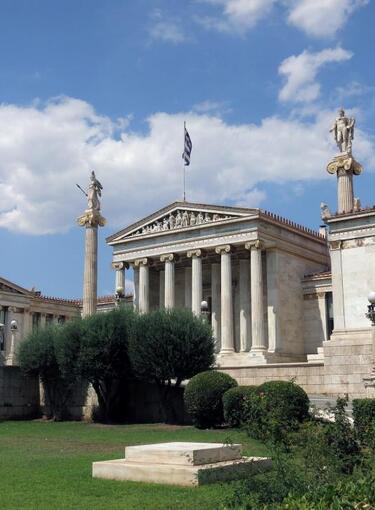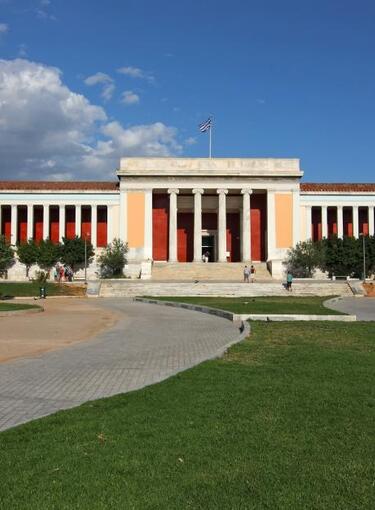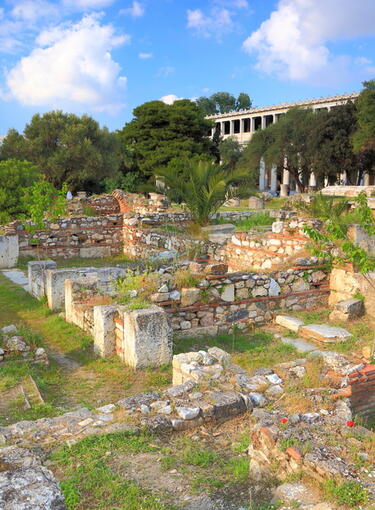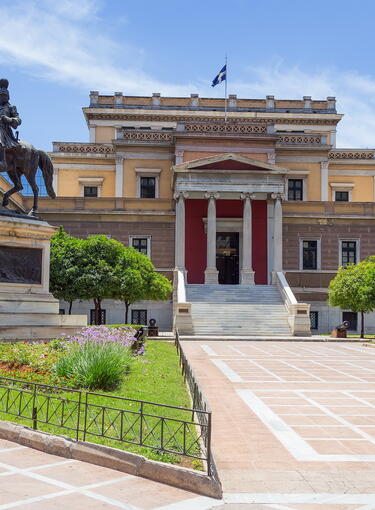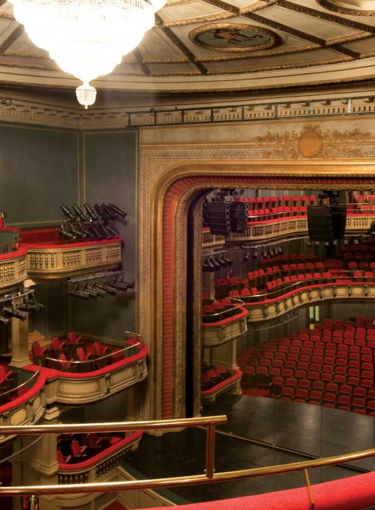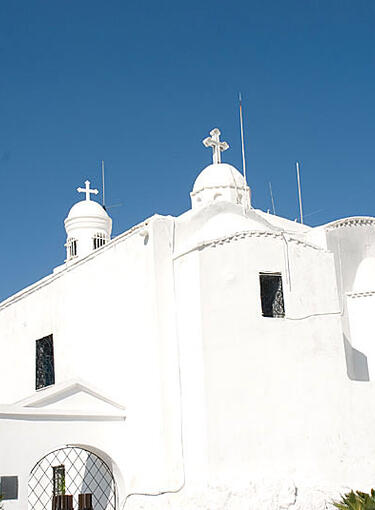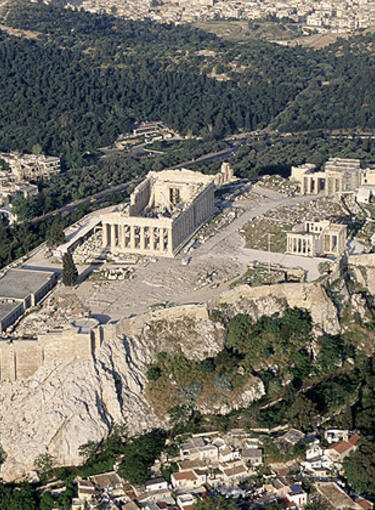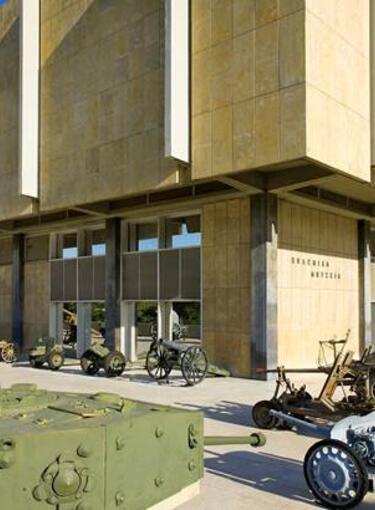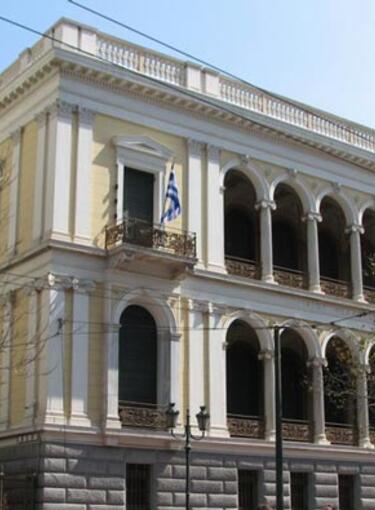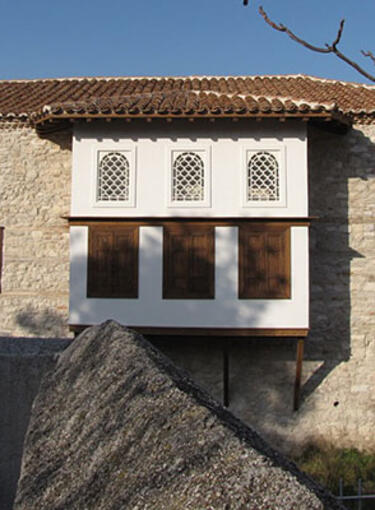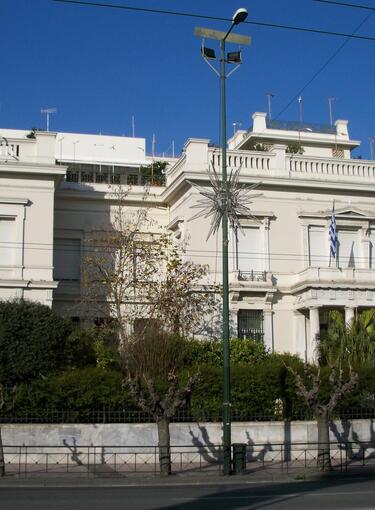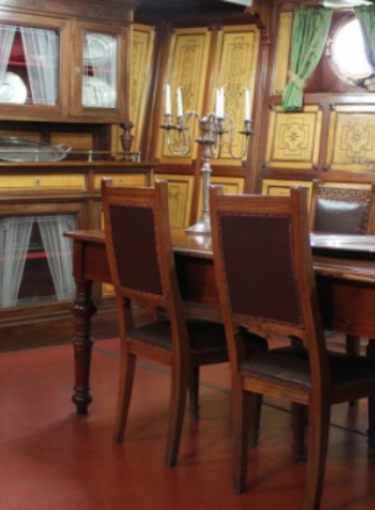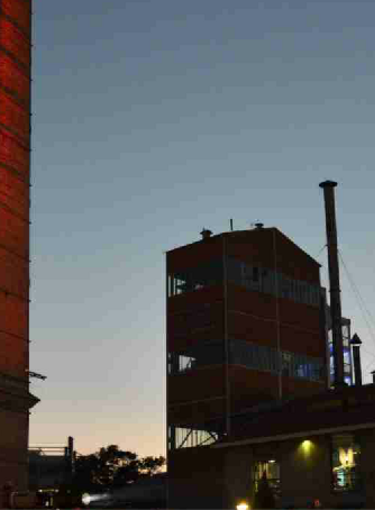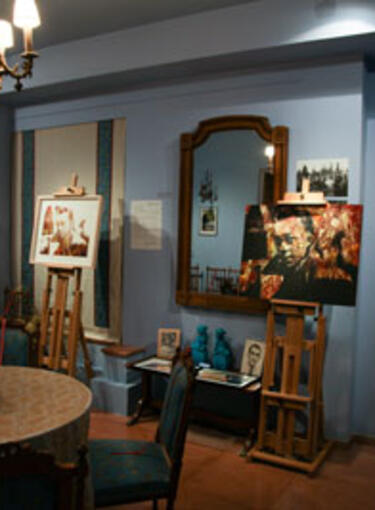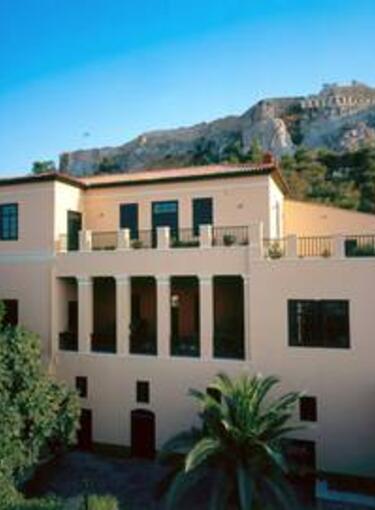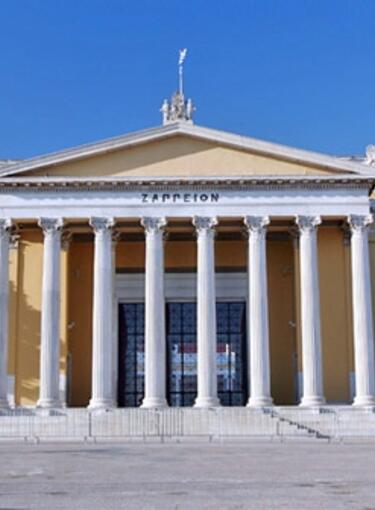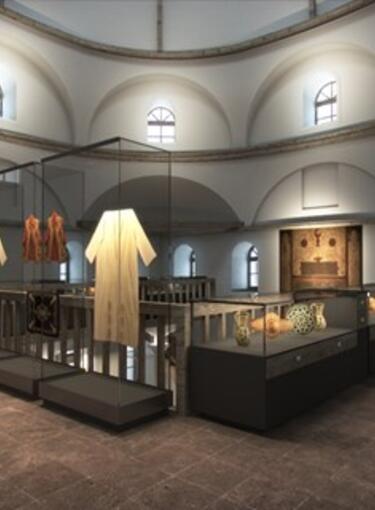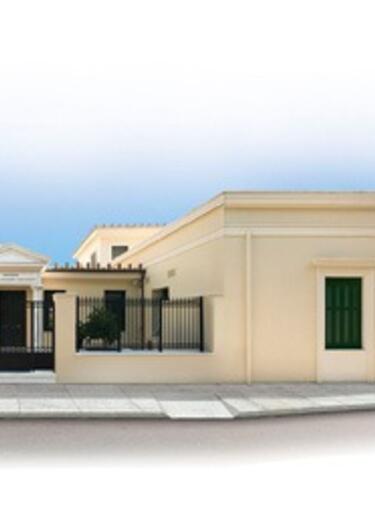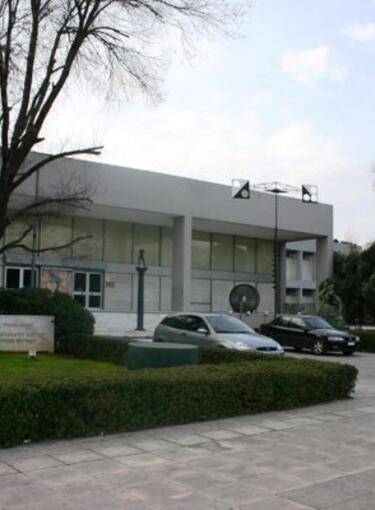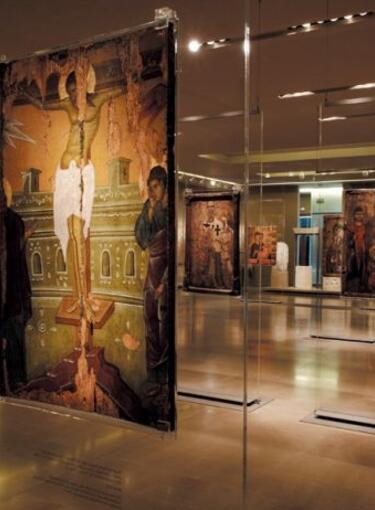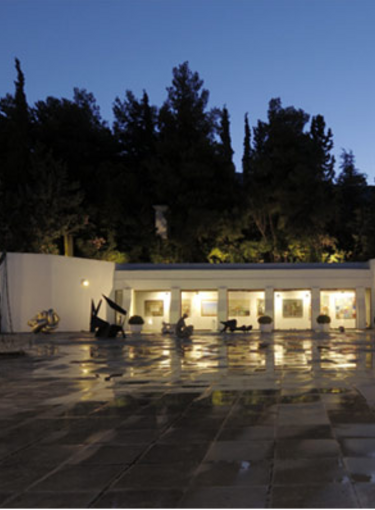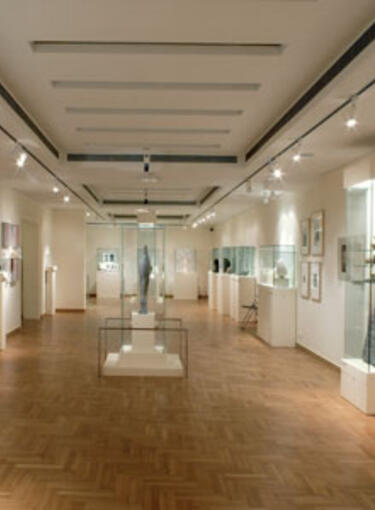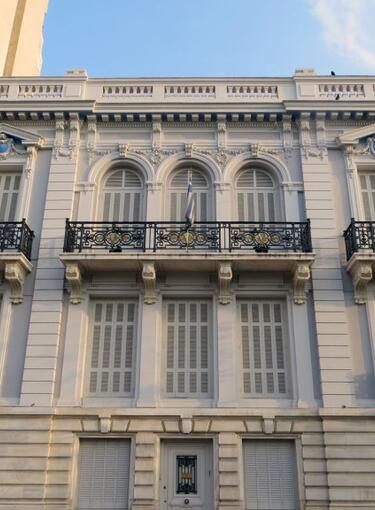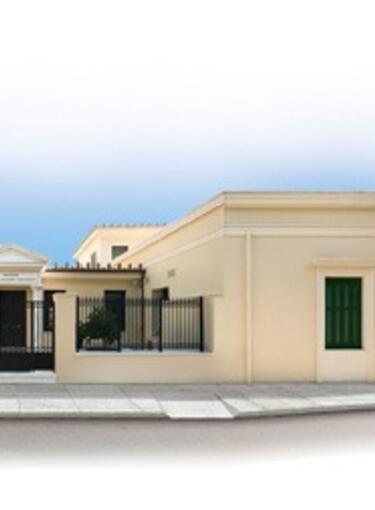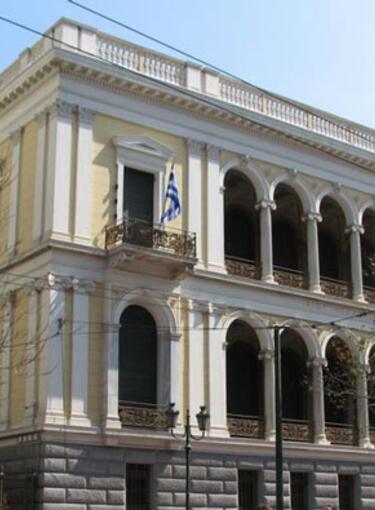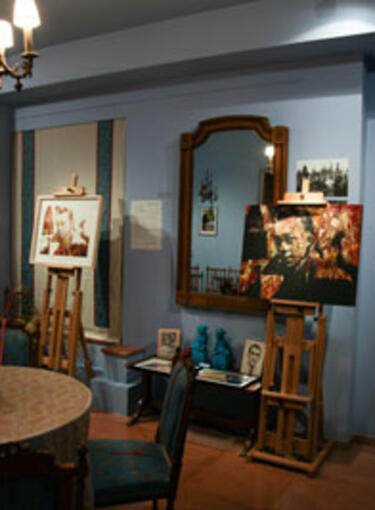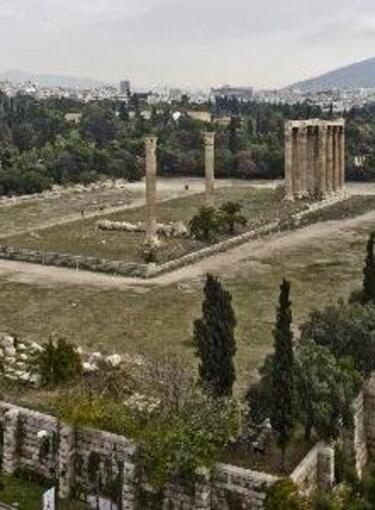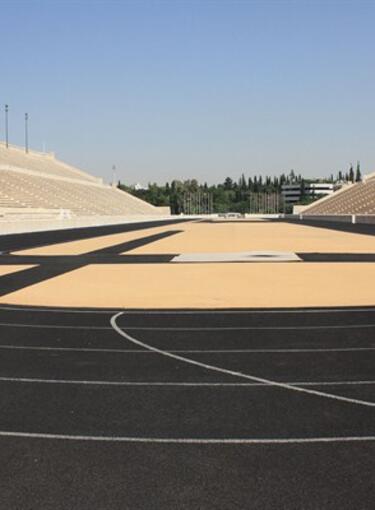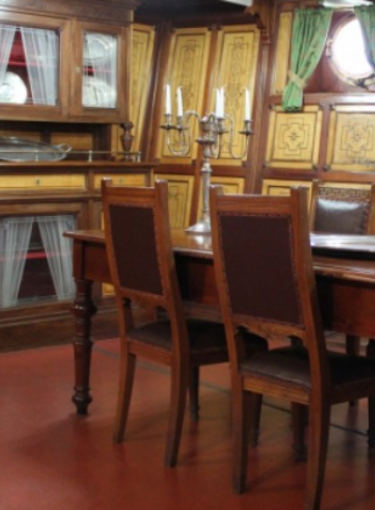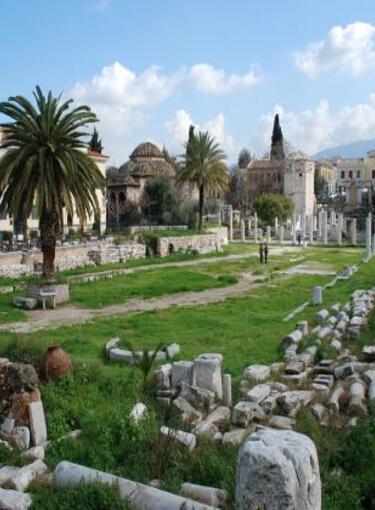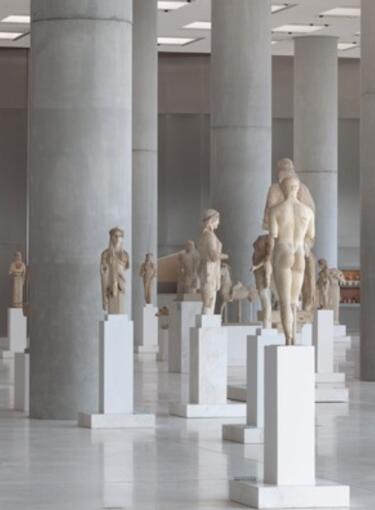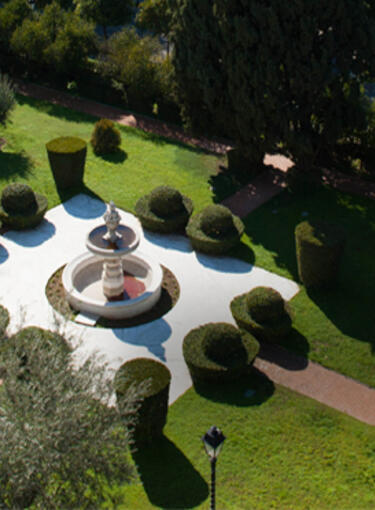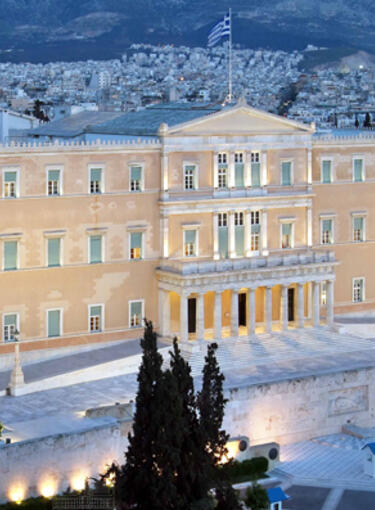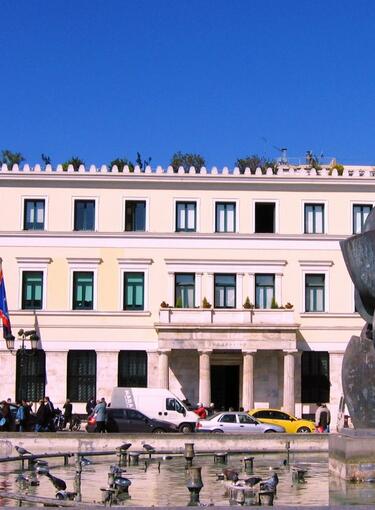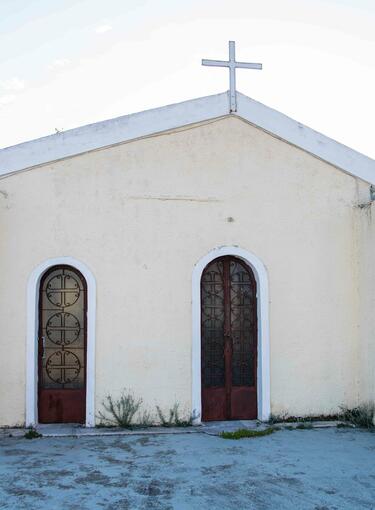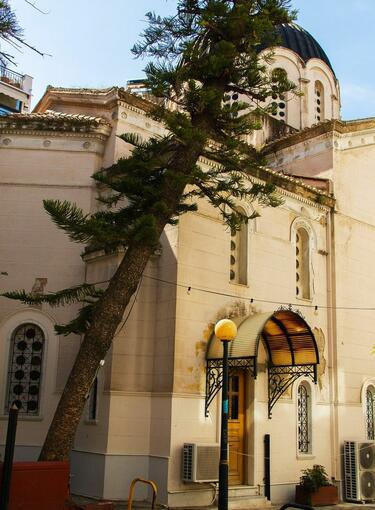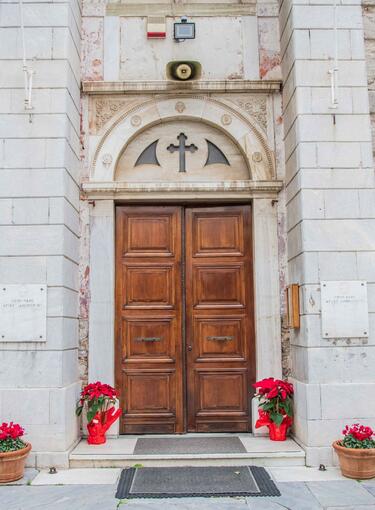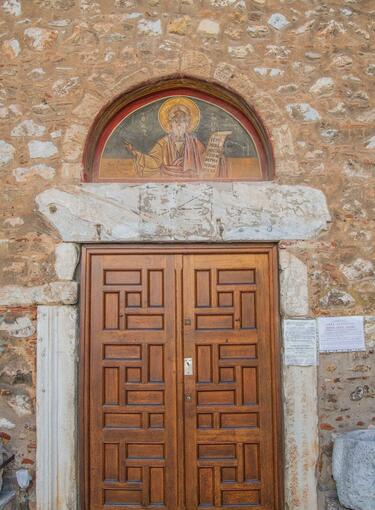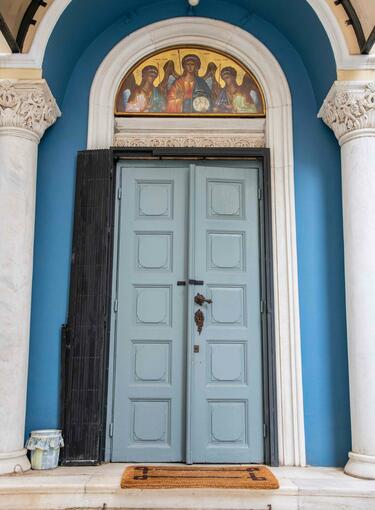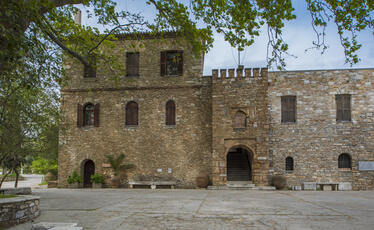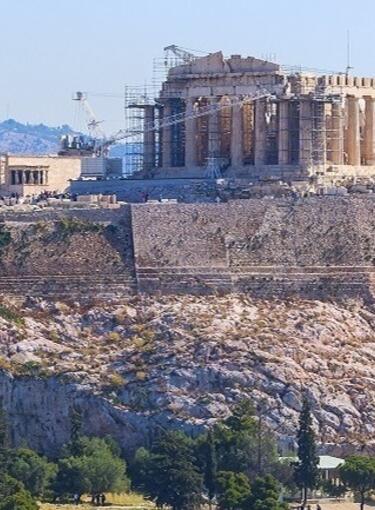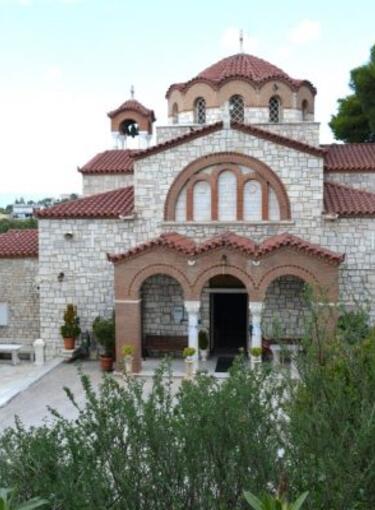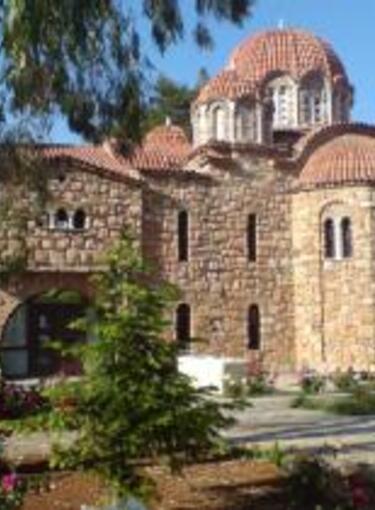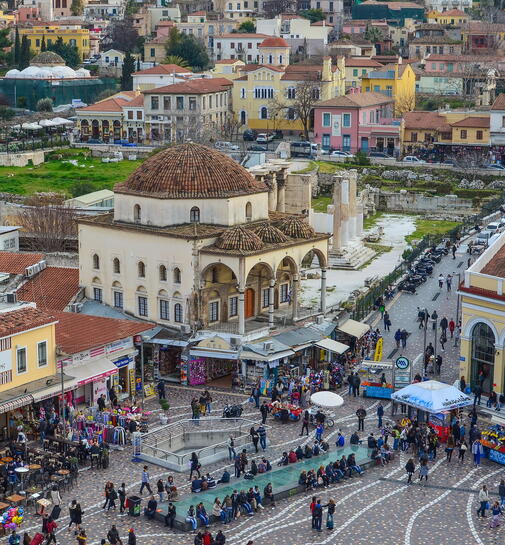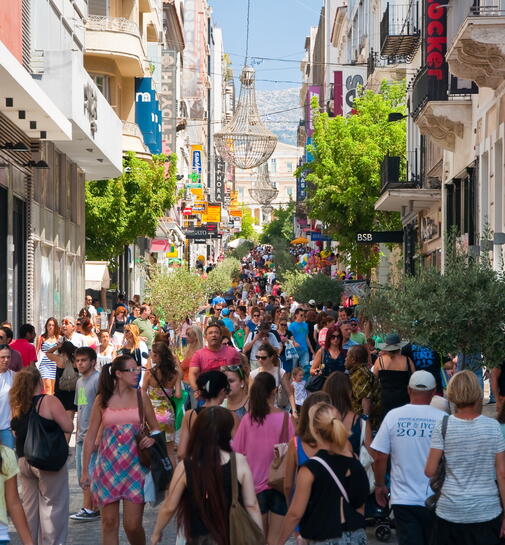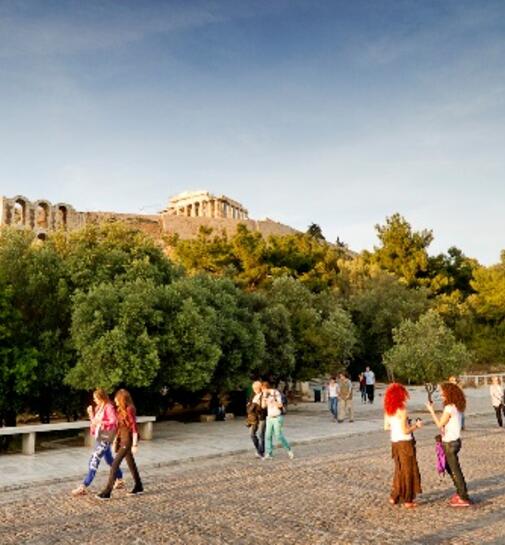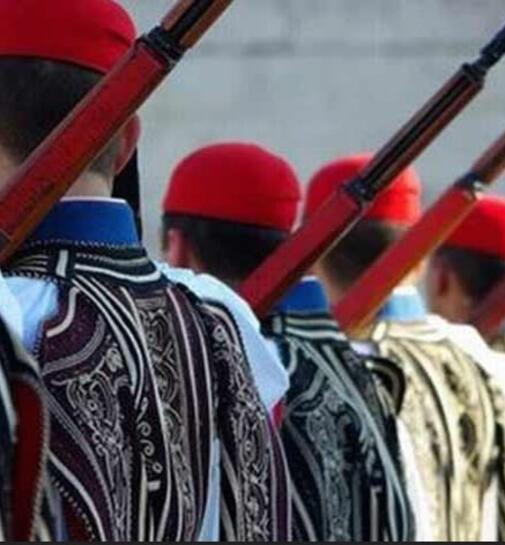On the western foothills of Mount Pentelicon, at a location that is naturally protected by the hill of Koufos, with the ability to survey the surrounding area, is situated the famous Monastery of Theotokos Pentelis or Mentelis, as it was called in the period of the Turkish occupation, one of the richest and largest monasteries in Greece.
Regarding its history, information we draw from the memoirs of is abbot Kyrillos II Degleris. The monastery was founded at the location where they found the icon of Panagia by Timotheus, former bishop of Euripus, who gathered in their coenobium the ascetics of Penteli who were scattered all over the mountain until then.
Its construction was made in 1570 or, more possibly, in 1578. It was a stauropegic monastery until the end of the Turkish occupation (1456-1833). Until the Revolution it flourished economically, it had significant real estate property and an important library. In the 17th century the monastery of Pantokrator (Ntaou) Pentelis was annexed to it, after the slaughter of the monk by Muslim raiders, and in the same period was looted by the Venetians of the general Morosini. The 18th century proved to be another period of flourishing and in the years of the tyranny of Haseki in Athens the privileges of the monastery were maintained due to the close relations with the Sublime Porte. In the Revolution of 1821 it participated actively, but also it was looted again and then its library was destroyed. A peculiar system of succession of abbots was followed, which was defined with a patriarchal sigil in 1678 and it was maintained until 1884, according which, the hereditary right to become an abbot was solely to the members of the Athenian family of Degleris.
Nowadays, from the initial monastery complex the catholicon and the nursing home survive. The catholicon, in its initial form, was a four-columned, cross-in-square church which was renovated in the years 1768 and 1858. In its present day state, after the radical interventions that were made in 1953, has the form of the three-conch church of the Athonite type. From the initial church survives the esonarthex, which is roofed with a domical vault. As it is evident by its wall paintings, it was added probably in the 17th century, while at a later stage they added the exonarthex. The interior has a rich decoration from which today survive the wall paintings of the esonarthex. The old screen was decorated with icons of the 17th and the 18th century, which were kept in the museum of the monastery and are attributed to the painter Ioannis Tzen, who signed two of them. From the same screen survives the cross with the two morning figures.
The nursery home of the monastery is a rectangular building in the type of the cross-in-square with a dome, without the tripartite area of the altar, with an oblong rectangular vaulted hall.
Nowadays, the complex has a remarkable library and valuable relics, while it hosts a permanent exhibition regarding the education in the period of the Turkish occupation with a representation of the “krifo scholio” (underground, secret school). On its eastern wing there is the Interorthodox Centre of the Church of Greece, with many hostels and a conference hall.
It is a men’s monastery and celebrates on the 15th of August, on the 16th of August (the memory of its founder of Agios Timotheos), as well as on the Monday of the Holy Spirit.
Informations
More
Date:
1570-1578
Season:
Post-Byzantine
Celebrates:
15th of August, 16th of August, Monday of the Holy Spirit
Holy Metropolis:
Archdiocese of Athens
Address:
Penteli


